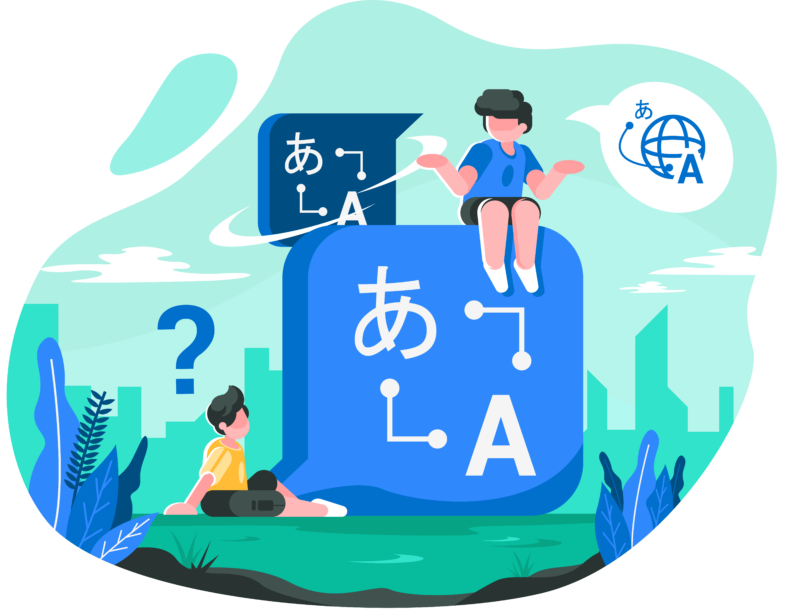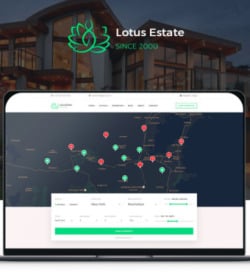By default, the language of most apps is English. There are many reasons for this. English is the most spoken language in the world and the numbers prove the same. It is natural that companies make English the primary language of their digital assets, be it websites or apps.

Let’s take India as an example. While only 10% of the population speaks English, most of the websites and apps used in India are English by default. Such a trend is similarly seen in other countries where English is not the primary medium of communication.
This represents an opportunity. There are a lot of non-native people who can use an app that’s localized to a specific region. As an app business, there are some serious advantages to be gained by translating your app.
1. Greater ease in app discovery
Language can often be a barrier to discovery on the app stores. Users who’re interested in localized apps tend to have their apps programmed in local languages as well. If your app only supports English, this would cause a barrier in discovery for local users. By having a multilingual app, you can optimize your app listing for localized keywords. This will make it easier for users to discover your app in their own native language. English-only apps leave out users who’re only familiar with their own local language. To make your app and brand are truly global, ease of discovery on the app stores is essential and language localization is a clear way forward.
2. Better user experience
From a user experience standpoint, the benefits of having a multilingual app are obvious. It doesn’t take a genius to understand that users prefer apps which has a language they understand. An improvement in user experience directly affects a range of app metrics. Take app user retention as an example. Localized apps are better for controlling churn as they’re more tuned to the current needs of users. Similarly, other metrics like engagement also see a positive turn with localized apps. Other UI assets of the app, such as native app texts and labels, when translated, play a huge role in enhancing user experience. In emerging countries where smartphones are still at a nascent stage, localized apps are important. Localization is crucial for introducing your app to new audiences and making their journey more familiar.
3. Gain a competitive advantage
A lot of companies don’t localize their app and thus miss out on a significant demographic of users.
The example of India mentioned earlier suggests the same. While only 10% of Indians speak English, a majority of apps are English by default. By translating your app to a local language, you can tap into a large segment of users who’re not comfortable using English apps. Since many app companies either delay app localization or pass up on the opportunity.
This leaves room for businesses in the market to attract new users. The best part? This is a relatively untapped market, which means acquisition costs are low and retention is much easier.
4. Build a global brand with a localized push
Every app business dreams of having an app that attracts a global audience. Creating a truly global brand is difficult for various reasons. It is difficult to understand how to build a mobile app that attracts users on a global scale.
One part of the puzzle is language. If an app is localized into different languages for each country, attracting audiences on a global scale becomes easier. Using an English app in a Spanish-speaking country will not lead to as many inroads as you may expect. Instead, having a Spanish app when you’re targeting Argentina or Colombia is a good idea. The most prominent apps in the market come loaded with different language options. This allows users to choose a language of their choice within the app. Localization may seem on paper like an effort to attract a small segmented audience. When used on a bigger scale, it is the best way to take your app to a large audience in every part of the world.
Some tips for app localization
So it helps if your app is multilingual. However, there are a few things you must remember as you add translations to your app. Here are a few tips you should keep in mind while localizing your app:
- 1. Offer English as an option
In some cases, app owners completely translate their app to a different language. This can cause some confusion, even amongst non-native English users that are used to certain terminology while using an app. Offering English as a choice helps users make an easy transition. Additionally, offering English as an option is a good backup in case you’re not completely sure about your app translations. This can happen when you’re using an automated translation service. In such a case, some of your app translations may not be completely reliable. In such a case, having English as an option is a decent fail-safe in case some translations are not accurate.
- 2. Add new languages strategically
In many cases, companies add new languages to their app based on broad language data. For instance, companies first choose Spanish as an alternative language besides English simply because it is very commonly spoken in various parts of the world. This approach to language addition is flawed. Ideally, you should choose a new language based on your existing audience demographics. Take a look at your app audience. If most of your users are based in India, you should add Hindi and other regional languages to your app, instead of Spanish.
- 3. Look for an automatic language solution
Translating an app can be a long and tedious process. A better idea would be to use an automatic language solution that allows you to translate your app instantly. Such a solution is impossible to implement with custom app development. However, automated tools like AppMySite make it possible for businesses to build apps that come loaded with various languages. The other advantage of using AppMySite is that these tools make app development easy and codeless.
In conclusion
Every app company considers the possibility of translating their mobile apps at some point. Beyond offering users an alternative to English, multilingual apps make the user experience better and open up possibilities to make your app go global.






